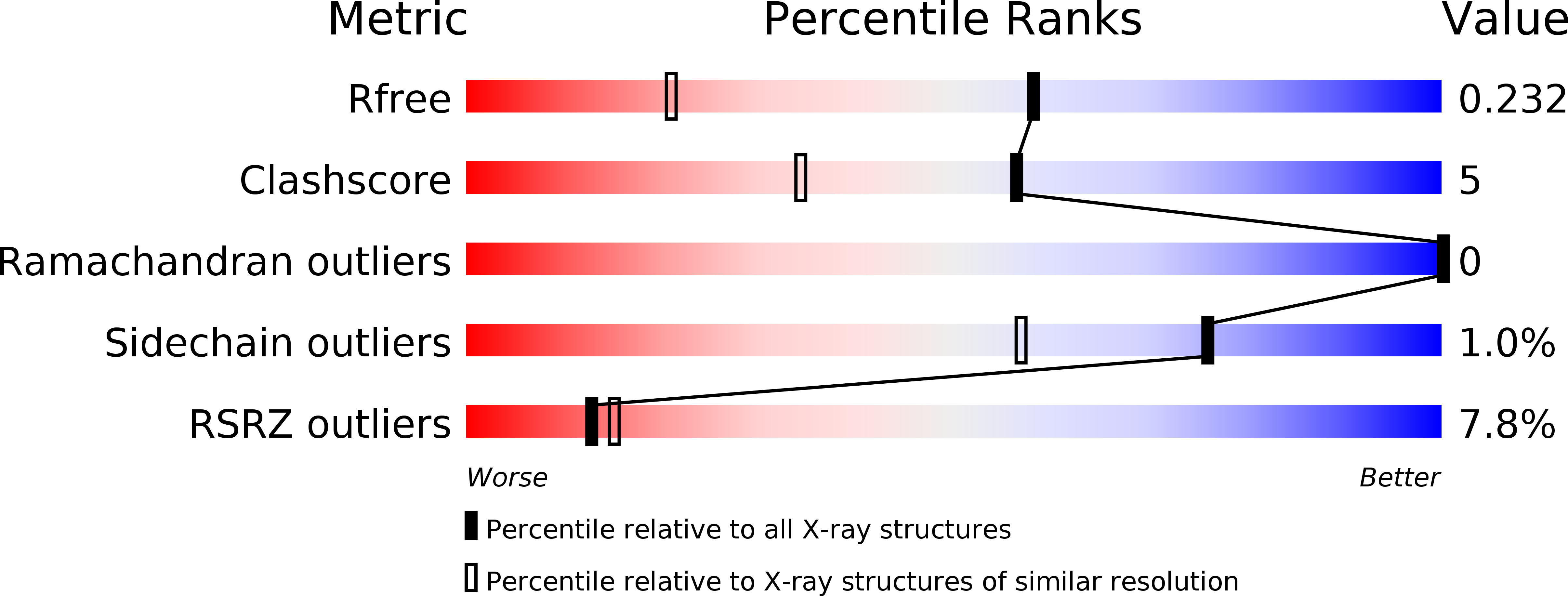
Deposition Date
2009-10-15
Release Date
2010-03-09
Last Version Date
2024-10-23
Entry Detail
PDB ID:
3A94
Keywords:
Title:
Crystal structure of hen egg white lysozyme soaked with 100mM RhCl3
Biological Source:
Source Organism:
Gallus gallus (Taxon ID: 9031)
Method Details:
Experimental Method:
Resolution:
1.55 Å
R-Value Free:
0.22
R-Value Work:
0.19
R-Value Observed:
0.20
Space Group:
P 43 21 2


